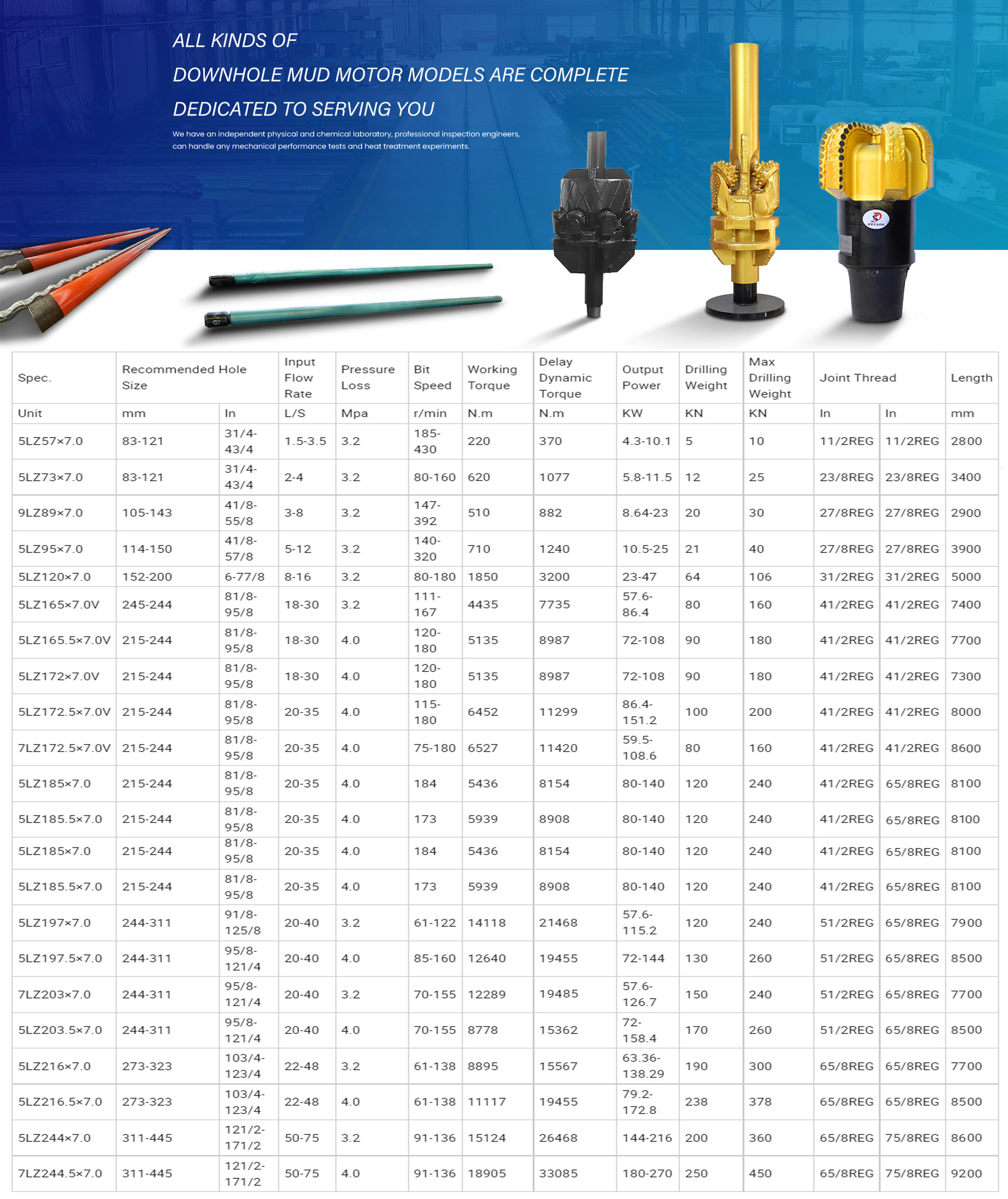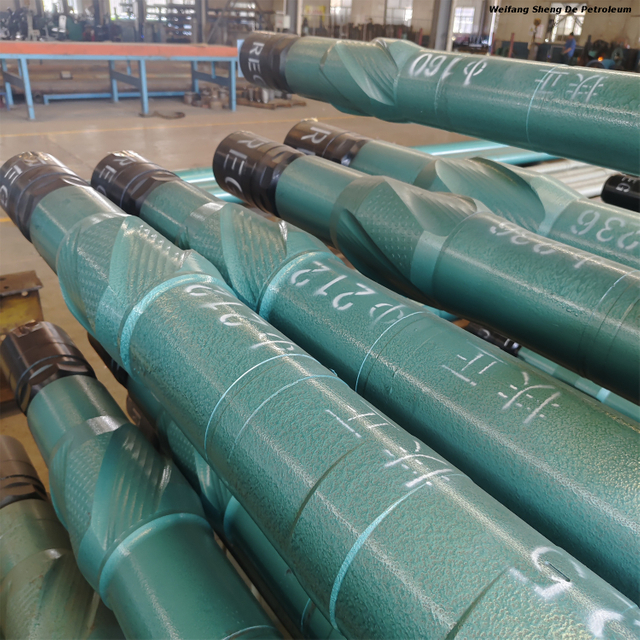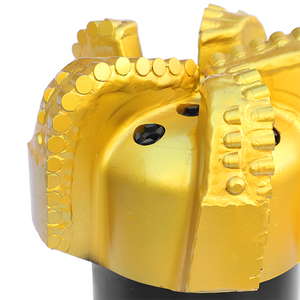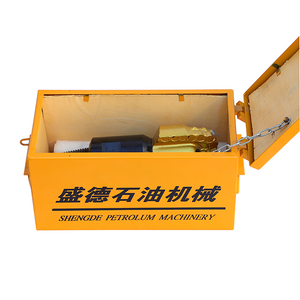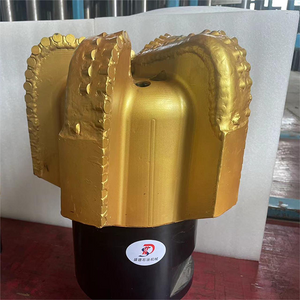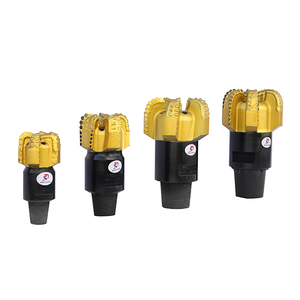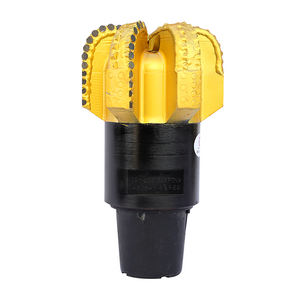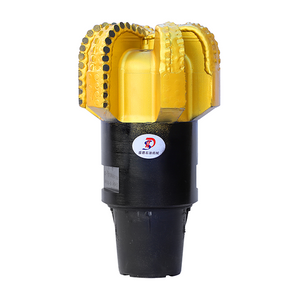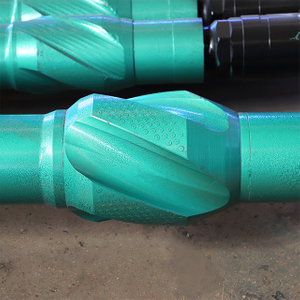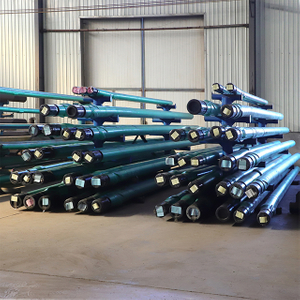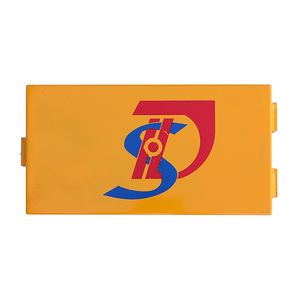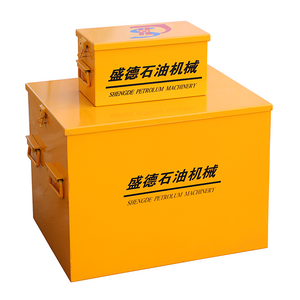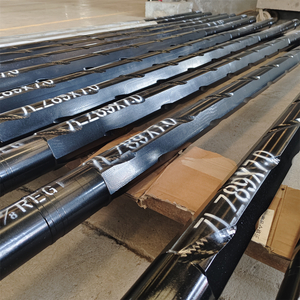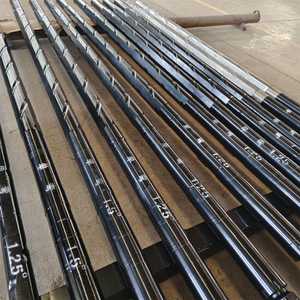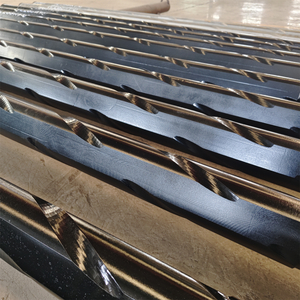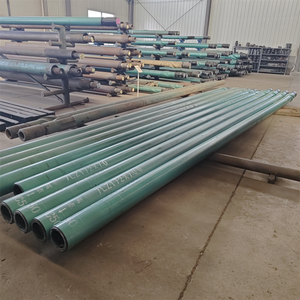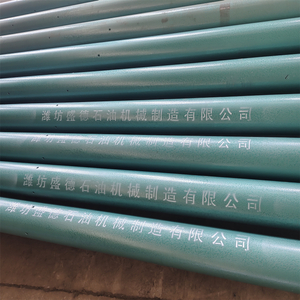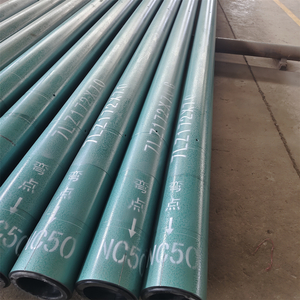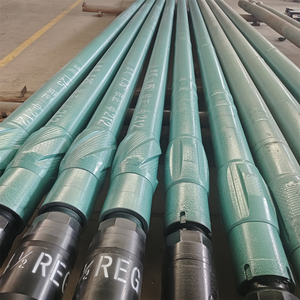Product Introduction
Downhole tools are essential equipment used in the oil and gas industry for various operations. These tools are designed to withstand high temperatures, pressures, and harsh conditions encountered during drilling and production activities. In this article, we will explore the different types of downhole tools used in the oil and gas industry and their importance in ensuring efficient and safe operations.
Types of Downhole Tools
1. Drilling Tools: Drilling tools are used during the drilling process to create boreholes in the earth's surface. These tools include drill bits, drilling jars, reamers, and stabilizers. Drill bits are used to cut through rock formations, while drilling jars help to release stuck drill strings. Reamers are used to enlarge the borehole, and stabilizers help to maintain the trajectory of the wellbore.
2. Logging Tools: Logging tools are used to collect data about the geological formations and properties of the wellbore. These tools include logging-while-drilling (LWD) tools and wireline logging tools. LWD tools provide real-time data about the formation while drilling, while wireline logging tools are used after drilling to collect detailed information about the wellbore.
3. Completion Tools: Completion tools are used to prepare the wellbore for production. These tools include packers, tubing anchors, and safety valves. Packers are used to isolate different zones in the wellbore, tubing anchors provide support for the production tubing, and safety valves prevent blowouts during production.
Importance of Downhole Tools
1. Efficiency: Downhole tools help to improve the efficiency of drilling and production operations by providing accurate data and enabling precise control of the wellbore.
2. Safety: Downhole tools play a crucial role in ensuring the safety of personnel and equipment during drilling and production activities. These tools help to prevent accidents and minimize risks associated with oil and gas operations.
3. Cost-Effectiveness: By using downhole tools, operators can reduce downtime, increase productivity, and optimize the performance of oil and gas wells. This leads to cost savings and improved profitability for oil and gas companies.
In conclusion, downhole tools are indispensable equipment in the oil and gas industry, enabling operators to drill wells efficiently, collect valuable data, and prepare the wellbore for production. By investing in high-quality downhole tools and utilizing them effectively, oil and gas companies can achieve success in their operations and contribute to the growth of the industry.
Product Uses
1. Application Scenario: Drilling Operations in Oil and Gas Exploration
Description: The downhole tools are utilized in drilling operations for oil and gas exploration. These tools are essential for creating boreholes in the earth's surface to extract valuable minerals such as oil and gas. The tools are designed to withstand high temperatures, pressures, and harsh drilling conditions to ensure efficient and successful drilling operations. They play a crucial role in the extraction process by facilitating the drilling of wells and providing accurate data on the geological formations underground.
2. Application Scenario: Engineering Drilling Projects
Description: Downhole tools are also used in engineering drilling projects for various purposes such as soil sampling, mineral exploration, and geotechnical investigations. These tools are employed to collect samples from different depths underground, analyze soil composition, and determine the suitability of the site for construction projects. The tools are equipped with sensors and cutting mechanisms to provide precise and reliable data for engineering purposes, ensuring the safety and stability of structures built on the site.
3. Application Scenario: Geothermal Drilling Exploration
Description: In geothermal drilling exploration, downhole tools are utilized to extract heat from the earth's crust for renewable energy production. These tools are specifically designed to withstand high temperatures and pressures encountered in geothermal reservoirs. They are used to drill deep wells, inject water into hot rock formations, and extract steam or hot water for electricity generation. The tools play a vital role in harnessing geothermal energy as a sustainable and environmentally friendly alternative to traditional fossil fuels.
FAQ
1. What is the typical lead time for ordering downhole motors for oil and gas equipment?
- The lead time for downhole motors can vary depending on the specific model and quantity ordered, but typically ranges from 4-6 weeks.
2. How does the quality of downhole motors impact the extraction of minerals in the oil and gas industry?
- High-quality downhole motors are essential for efficient and effective mineral extraction in the oil and gas industry, as they provide the power and precision needed for drilling operations.
3. Are downhole motors used in oil and gas equipment required to meet certain certifications or standards?
- Yes, downhole motors used in oil and gas equipment are often required to meet industry standards and certifications to ensure they meet safety and performance requirements.
4. How does a company's culture impact the production and use of downhole tools in the oil and gas industry?
- A strong company culture that prioritizes safety, innovation, and quality can positively impact the production and use of downhole tools in the oil and gas industry, leading to improved efficiency and performance.
5. What are some key considerations for companies looking to invest in downhole tools for mineral extraction in the oil and gas sector?
- Companies should consider factors such as lead time, quality, certifications, and company culture when investing in downhole tools for mineral extraction in the oil and gas sector to ensure they meet their operational needs and standards.

























